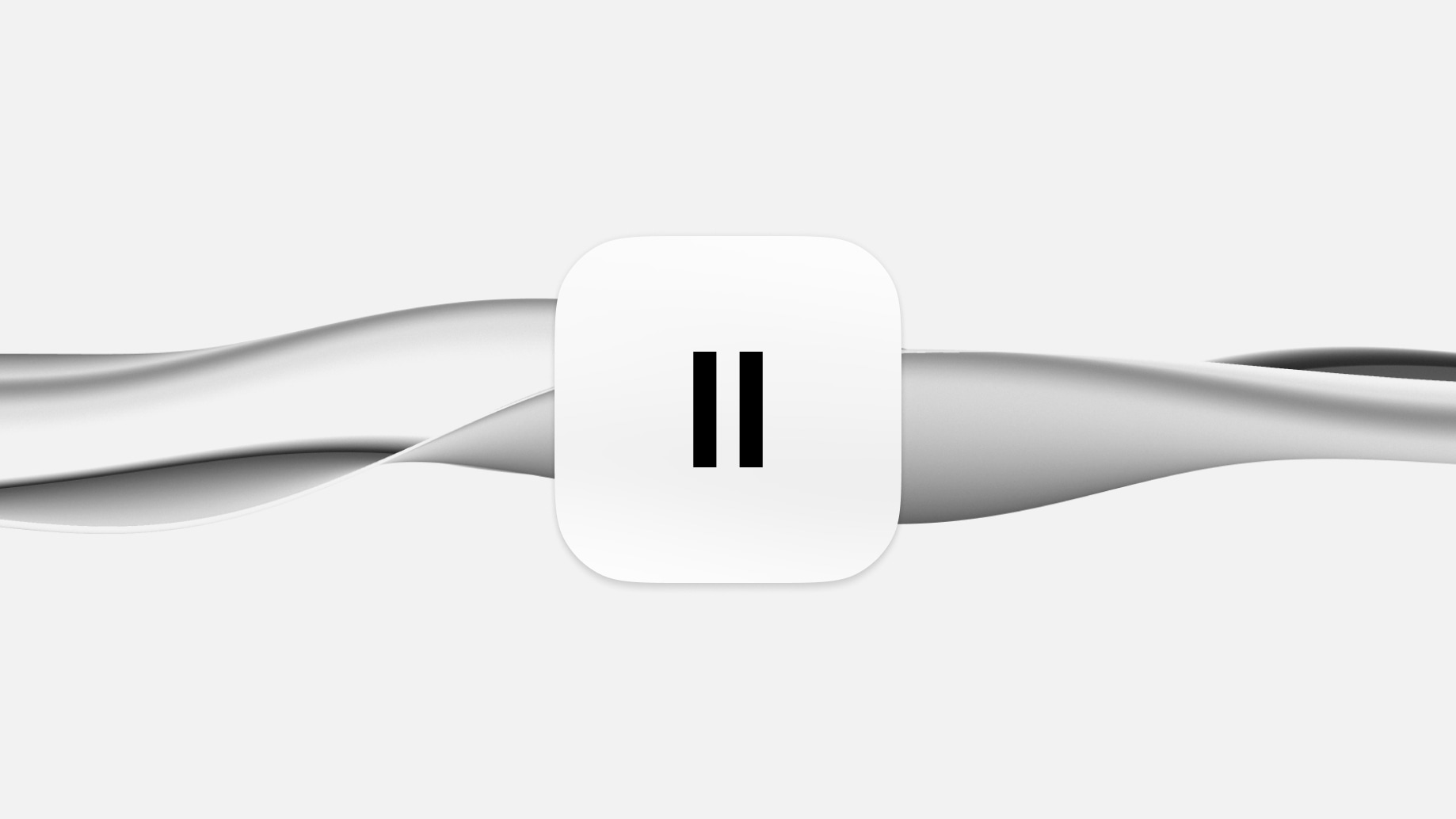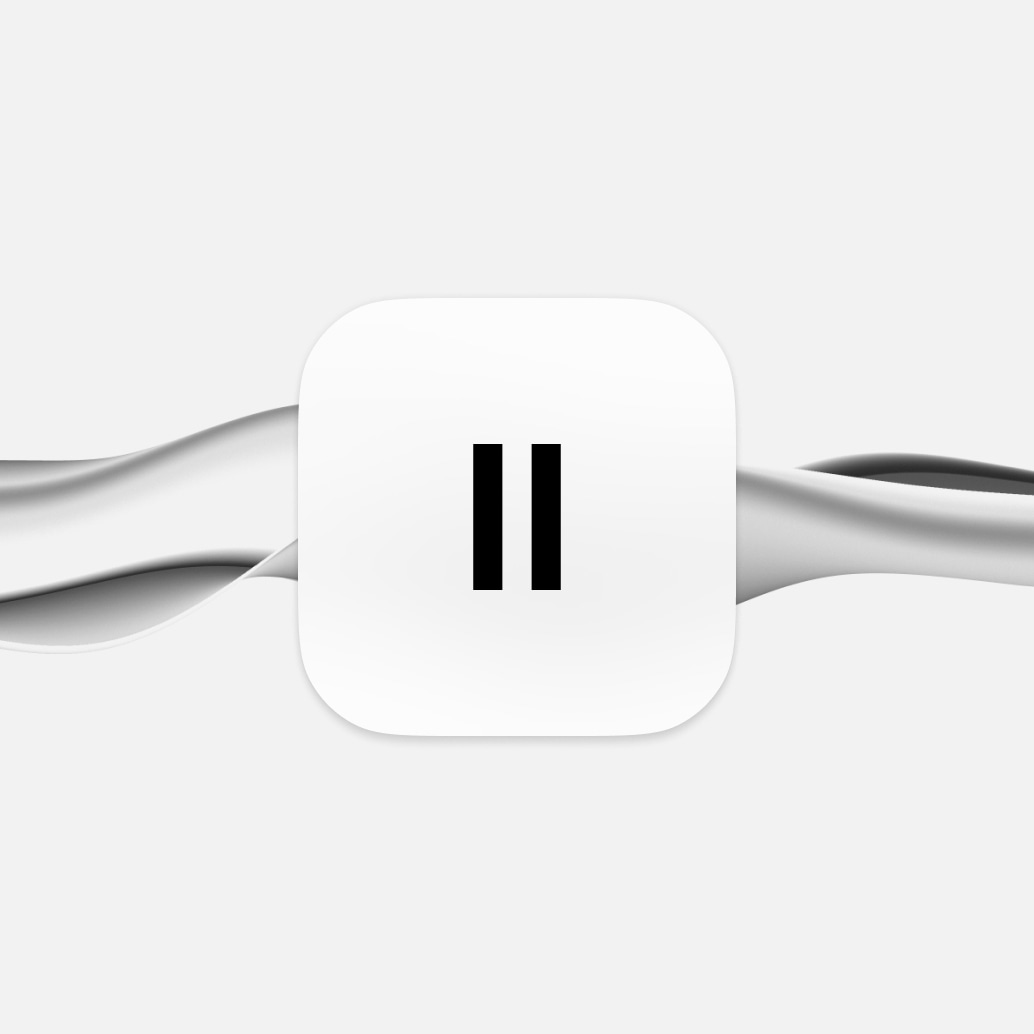Jeśli chodzi o chatboty, ludzie chcą słyszeć realistyczne głosy.
Problem polega na tym, że do niedawna większość narzędzi generatora głosu dobrze czytała tekst, ale nie naśladowała naturalnego tonu i emocji ludzkiej mowy.
Na przykład, jeśli chcesz, aby Twój chatbot wyrażał empatię lub podekscytowanie, nie wychodzi to dobrze.
W ciągu ostatniego roku wszystko to się zmieniło.
Teraz są narzędzia generatora głosu zasilane przez AI, które brzmią znacznie bardziej naturalnie i ludzko.
Ale to nie wszystko. Chcesz też narzędzi, które łatwo zintegrować z używanymi frameworkami chatbotów i które działają płynnie z niską latencją. Ostatnią rzeczą, jakiej chcesz, jest skomplikowane API, które trudno uruchomić i które opóźnia się, gdy w końcu uda się je skonfigurować.
W tym przewodniku omówimy:
- Obecny krajobraz generatorów głosu
- Różne dostępne rodzaje narzędzi
- Kluczowe cechy, na które warto zwrócić uwagę
- Jak ocenić różne narzędzia, aby znaleźć idealne dla Twojego chatbota
Dlaczego używać generatorów głosu?
Dynamiczna i naturalna interakcja
Stare metody, takie jak nagrane wcześniej fragmenty głosu, są statyczne i nie mogą dostosować się do zmieniających się zapytań użytkowników czy kontekstu emocjonalnego. Generatory głosu, zwłaszcza te zasilane przez AI, mogą.
Generatory głosu odpowiadają w sposób, który wydaje się naturalny i odpowiedni kontekstowo. Dodatkowo, zawsze korzystają z aktualnego tekstu, co zapewnia, że przekazywane informacje są aktualne i istotne. To ważna cecha, ponieważ nagrane wcześniej fragmenty mogą szybko stać się nieaktualne.
Ulepszone doświadczenie użytkownika
Zaawansowane generatory głosu, takie jak AI zamiana tekstu na mowę narzędzia, mogą dostosować różne aspekty mowy, takie jak ton, szybkość, a nawet język, na podstawie danych użytkownika. Taki poziom personalizacji sprawia, że interakcje z Twoim chatbotem są bardziej angażujące i dostosowane do indywidualnego użytkownika.
Dostępność
Interfejs obsługiwany głosem może uczynić Twojego chatbota bardziej inkluzywnym narzędziem, które odpowiada na potrzeby osób z problemami wzrokowymi lub trudnościami w czytaniu.
Koszt-efektywność i skalowalność
Dzięki generatorom głosu, ręczne aktualizacje i ponowne nagrania to przeszłość. Dobrze zintegrowany generator głosu może dostosować się do rosnącej złożoności Twojego chatbota, bez potrzeby ciągłej ręcznej interwencji.
Ta skalowalność jest uzupełniona łatwością, z jaką można szybko aktualizować treści. Jeśli potrzebujesz dostosować język lub odpowiedzi chatbota, wystarczy zaktualizować tekst – nie ma potrzeby nowych nagrań głosu ani pracochłonnych edycji.
Rodzaje generatorów głosu
Skoro już jesteś przekonany do używania generatorów głosu, kolejne pytanie brzmi – jakie narzędzia są dostępne?
Zasadniczo istnieją trzy główne typy:
- Generatory TTS (text-to-speech) – To najczęstsze typy generatorów głosu, gdzie tekst jest zamieniany na mowę. Najnowsze wersje są napędzane zaawansowanymi algorytmami AI i uczenia maszynowego, co sprawia, że brzmią niezwykle realistycznie.
Twórz ludzkie głosy z naszym systemem Text to Speech (TTS), stworzonym do wysokiej jakości narracji, gier, wideo i dostępności. Ekspresyjne głosy, wsparcie wielojęzyczne i integracja z API ułatwiają skalowanie od projektów osobistych do firmowych workflow.
- Biblioteki nagranych głosów – To zbiór nagranych wcześniej fragmentów głosu, które można używać do konstruowania zdań. Choć nie oferują elastyczności i adaptacyjności generatorów napędzanych AI, mogą być doskonałym wyborem dla prostszych projektów, gdzie nie potrzebujesz dużej personalizacji.
- Dynamiczne generowanie głosu – Najbardziej zaawansowana forma generatorów głosu, te nie tylko zamieniają tekst na mowę, ale mogą również klonować głos z próbki. To crème de la crème generatorów głosu – wszechstronne, adaptacyjne i zdolne do dostarczania bardzo wysokiej jakości.
Kluczowe cechy, na które warto zwrócić uwagę
Naturalność i zakres emocjonalny
Wyjątkowy generator głosu nie tylko mówi; wyraża emocje. Ton powinien dostosowywać się do przekazywanej wiadomości – czy to podekscytowanie, empatia, czy pilność. Szukaj możliwości ludzkiej prozodii i intonacji. Na przykład, głosy ElevenLabs mogą wyrażać entuzjazm, gdy chatbot przedstawia nową funkcję produktu, lub współczucie, gdy przeprasza za problem. Ta głębokość emocjonalna sprawia, że interakcje są bardziej naturalne.
Wsparcie dla wielu języków
Jeśli chcesz dotrzeć do globalnej publiczności, szukaj generatorów głosu oferujących wiele opcji językowych i akcentów. Usługi o ograniczonym zakresie językowym będą niewystarczające. ElevenLabs wyróżnia się wsparciem dla ponad 25 języków i ciągle rośnie. To pozwala łatwo lokalizować chatbota na nowe rynki. Ten sam chatbot może mówić po angielsku, hiszpańsku, mandaryńsku i więcej.
Łatwość integracji
Zastanów się, jak dobrze generator głosu zintegrowany będzie z Twoim obecnym frameworkiem chatbota. Kompleksowa dokumentacja API i wsparcie klienta mogą wiele zdziałać. Na przykład, ElevenLabs umożliwia łatwe osadzanie realistycznych głosów w rozmowach chatbotów za pomocą zaledwie kilku linii kodu w językach takich jak Python i Node.js.
Jak ocenić generatory głosu
Wybór idealnego generatora głosu dla Twojego chatbota to więcej niż tylko patrzenie na funkcje i ceny. Chcesz mieć pewność, że będzie działał dobrze. Oto kilka głównych czynników, które powinieneś wziąć pod uwagę, porównując narzędzia do generowania głosu.
Testowanie opóźnień
W świecie interakcji głosowych nawet niewielkie opóźnienie może być problemem. Dlatego powinieneś testować opóźnienia.
Opóźnienie to czas, jaki zajmuje generatorowi głosu zamiana tekstu na słyszalną mowę i jej odtworzenie. Wysokie opóźnienie kończy się niezręcznymi przerwami i zakłóca płynność rozmowy. To niszczy doświadczenie użytkownika.
Wielu dostawców oferuje specyfikacje techniczne dotyczące opóźnień, ale zawsze najlepiej jest przetestować je samodzielnie w rzeczywistym scenariuszu, aby sprawdzić, czy spełniają Twoje wymagania.
Funkcje takie jak częściowa synteza i zoptymalizowane API strumieniowe oferowane przez dostawców takich jak ElevenLabs zapewniają minimalne opóźnienia. Użytkownicy postrzegają odpowiedzi chatbota jako natychmiastowe, gdy opóźnienie wynosi poniżej 250 ms.
Dokładność wymowy
Najlepszy generator głosu powinien być w stanie dokładnie wymawiać szeroki zakres słów i nazw, nawet specyficzny dla branży żargon. Aby to przetestować, możesz przygotować serię fraz i zdań, które będą wyzwaniem dla możliwości silnika.
Jest to szczególnie ważne, jeśli Twój chatbot zajmuje się specjalistycznymi tematami lub prowadzi rozmowy w wielu językach. Jedno źle wymówione słowo podważa zaufanie użytkownika i postrzeganą jakość Twojego chatbota.
Ogólna jakość dźwięku
Jakość dźwięku to nie tylko klarowność – to także to, jak naturalnie brzmi mowa. Czy głos ma realistyczny ton? Czy skutecznie wyraża emocje? To pytania, które warto zadać przy ocenie jakości dźwięku.
Niektóre generatory głosu oferują możliwość dostosowania wysokości, tempa i innych cech wokalnych. Wykorzystaj te funkcje, aby Twój chatbot brzmiał jak najbardziej ludzko.
Metryki oceny i wydajność NLP
Podczas gdy opóźnienia i wymowa są dość proste do zmierzenia, ocena wydajności przetwarzania języka naturalnego (NLP) generatora głosu może być bardziej złożona.
Możesz rozważyć spojrzenie na:
- Zrozumienie składni – Czy generator głosu odpowiednio akcentuje właściwe słowa w zdaniu?
- Świadomość kontekstu – Czy narzędzie dostosowuje ton i sposób przekazu w zależności od kontekstu rozmowy?
- Zakres słownictwa – Jak dobrze generator radzi sobie z różnymi terminologiami, slangiem czy skrótami?
- Dokładność odpowiedzi – Czy generator głosu poprawnie interpretuje i odpowiada na dane wejściowe użytkownika, szczególnie w sytuacjach otwartego dialogu?
Opinie użytkowników
Na koniec, rozważ zebranie opinii użytkowników poprzez ankiety lub bezpośrednie pytania. Użytkownicy końcowi zawsze będą najlepszymi sędziami tego, jak naturalny i skuteczny jest generator głosu.
Aspekty techniczne
Opcje API i SDK
Większość dostawców głosu oferuje REST API i SDK, aby uprościć integrację. Na przykład, ElevenLabs zapewnia SDK dla Pythona i bibliotekę Node.js wraz z ich API. Wybierz API z dokładną dokumentacją i powiązaniami dla Twojego stosu technologicznego.
Obsługiwane formaty
Upewnij się, że API generuje głosy w formatach kompatybilnych z Twoim stosem chatbotów, takich jak MP3, WAV, OGG itp. Niektóre mogą obsługiwać tylko określone formaty.
Opcje hostingu
Niektórzy dostawcy hostują generowane głosy w swojej chmurze, podczas gdy inni oferują opcje lokalne. Weź pod uwagę takie rzeczy jak opóźnienia, prywatność i łączność.
Kroki integracji
Typowa integracja obejmuje uzyskanie kluczy API, instalację SDK, pisanie kodu do składania zapytań głosowych i renderowanie dźwięku w interfejsie chatbota. Większość platform dostarcza fragmenty kodu do naśladowania. Dokumentację ElevenLabs znajdziesz tutaj.
Równoczesne zapytania
Jeśli spodziewasz się dużego ruchu, sprawdź, czy API głosowe może obsłużyć wiele równoległych zapytań bez pogorszenia jakości. Testy obciążeniowe ujawnią jego prawdziwe ograniczenia.
Popularne narzędzia generatora głosu
Istnieje wiele opcji generatorów głosu do rozważenia dla chatbotów. Oto przegląd niektórych wiodących wyborów.
Amazon Polly
- Ponad 25 języków i typów głosów
- Integruje się z ekosystemem Amazon
- Jakość nie dorównuje niszowym dostawcom
Google Cloud Text-to-Speech
- Obsługuje ponad 180 głosów w ponad 50 językach
- Posiada zaawansowane funkcje, takie jak SSML
- Może być kosztowne na dużą skalę
IBM Watson zamiana tekstu na mowę
- Naturalne głosy z dobrą obsługą akcentów
- Konkurencyjny model cenowy
- Oferuje kontrolę personalizacji
- Niektórzy recenzenci zgłaszają wyniki brzmiące jak robot
ElevenLabs
- Nowoczesne głosy AI brzmią niezwykle ludzko
- Klonowanie głosu z krótkich próbek
- Doskonały zakres językowy z minimalnym opóźnieniem
- Konkurencyjny model cenowy
Voicery
- Specjalizuje się w hiperrealistycznym klonowaniu głosu
- Ograniczone opcje językowe i głosowe
- Skupia się na niestandardowych rozwiązaniach biznesowych
Narzędzia open source
Istnieją również narzędzia open source, takie jak Coqui TTS i Tacotron 2 do tworzenia niestandardowych głosów.
Oceń opcje, testując je bezpośrednio za pomocą własnych skryptów chatbotów. To ujawnia mocne strony i ograniczenia w zakresie naturalności, dokładności i elastyczności. Rozważ łączenie usług - ElevenLabs do głosów front-endowych i AWS Polly do backendowego TTS.
Podsumowanie
Znalezienie odpowiedniego generatora głosu jest kluczowe dla tworzenia angażujących interakcji chatbotów. Priorytetem są opcje oferujące naturalnie brzmiące głosy, różnorodność językową, ścisłą integrację i konkurencyjne ceny.
Firmy takie jak ElevenLabs wiodą prym w replikowaniu ludzkich niuansów z realistycznymi głosami i zaawansowanymi funkcjami, takimi jak klonowanie głosu. Nasza nowoczesna synteza AI umożliwia deweloperom szybkie nadanie chatbotom i asystentom elastycznych, naturalnych głosów.
Zarejestruj się poniżej, aby uzyskać dostęp do ElevenLabs API i ożyw swojego chatbota.
Twórz ludzkie głosy z naszym systemem Text to Speech (TTS), stworzonym do wysokiej jakości narracji, gier, wideo i dostępności. Ekspresyjne głosy, wsparcie wielojęzyczne i integracja z API ułatwiają skalowanie od projektów osobistych do firmowych workflow.





